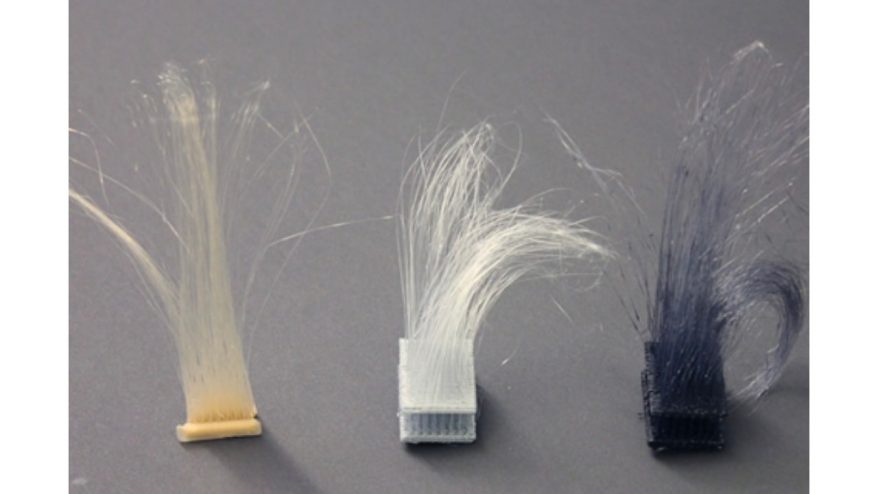
3D Printed Hair: Can We Print Transplantable Hair Follicles?


At 3DSourced we’ve covered everything 3D printing and 3D since 2017. Our team has interviewed the most innovative 3D printing experts, tested and reviewed more than 20 of the most popular 3D printers and 3D scanners to give our honest recommendations, and written more than 500 3D printing guides over the last 5 years.
3D printing has been able to mimic the look of hair for a while, like in the lion print seen below. By printing thin filament layers onto a wall of plastic, and then melting and styling it with a hairdryer, the desired hair-like look can be achieved.
However, most balding men can’t rock the PLA plastic hair look (who can?), so we need a better alternative when it comes to 3D printed hair for transplants.
What we haven’t been able to do is 3D printed hair grafts that can grow human hair.
Wigs and toupées offer solace for many with receding hairlines, but for a lot of people, the loss of confidence goes beyond the aesthetic. Thinning hair or complete hair loss is a huge issue for thousands of men and women all over the world.
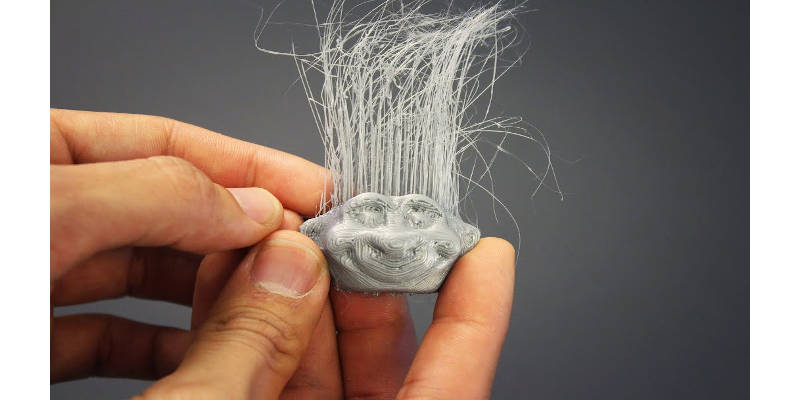
3D printed hair offers a hopeful solution to this issue, and breakthroughs have already been seen across the scientific community.
Here, we will look at the history of 3D printed hair, and what it means for the future of transplants and grafts.
Early Research into 3D Printed Hair
While making filaments look like hair is a simple enough process, the first notable breakthrough in usable 3D printed hair was in 2016, when L’Oreal took a new step in their 30-year-long research into artificial biological tissue by partnering with 3D bioprinting company Poietis.
This was big news at the time, as the combination of L’Oreal’s expertise in hair biology and Poietis’ breakthroughs in bioprinting brought with it exciting potential for viable 3D printed hair.
In 2017, Poietis used this research to further its existing partnership with German chemical company BASF to help develop 3D printed skin as a means to develop cruelty-free testing of drugs and cosmetics.
In 2019, Poietis CBO Bruno Brisson claimed:
“I can confirm that we have gone successfully through interesting validation steps over time on a project that is a real challenge since no one has so far managed to bio-print the most complex organ of the human body: the hair follicle!”
He further cited that there would be “some scientific communication within the next months as an outcome of this collaborative research agreement.”
The results of this research were kept relatively quiet until 2020, when L’Oreal announced the findings of their research into mimicking embryonic cells to cultivate 3D printed hair follicles that could be used to ‘clone’ human hair.
L’Oreal has been making strides in hair growth therapies using what they call follicle culturing, which involves growing hair from follicles in vitro and making them ready for transplant, rather than actively encouraging natural hair growth.
Columbia University Research
It’s important to note that 3D bioprinting hair follicles, and creating an environment/skin they can grow on, are two completely different things.
In researching the viability of 3D printed human hair, researchers at Columbia University looked to mice as they, among other animals, seem to have natural inhibitors to stunt fur growth after a certain length.
Specifically, they wanted to see if they could revitalize what they called ‘dormant follicles’ into promoting hair growth where none was occurring. In essence, they wanted to see if they were able to trick the body into creating more fur where it otherwise wouldn’t have grown at all.
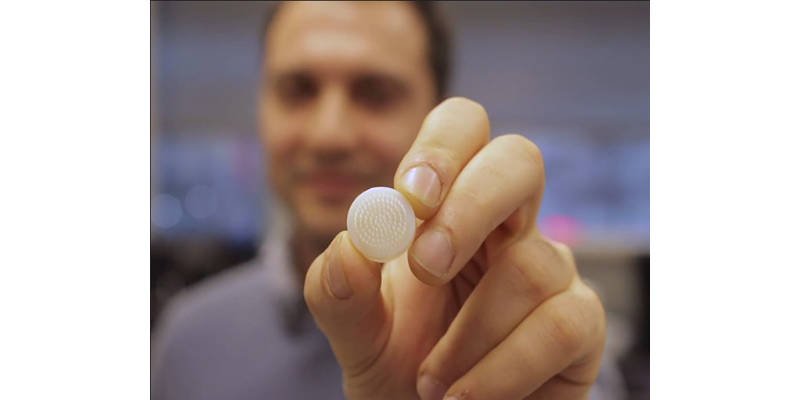
They found that they could stimulate hair growth on grafted mouse and rat skin. However, the same process was unsuccessful in human trials.
They reported that they believe this happens due to cell loss as skin grows, concluding that these follicle revitalization techniques won’t work in humans in the same way they work for rats.
Dr. Angela Christiano, a specialist in regenerative therapies for skin and hair in Columbia University’s Florence and Herbert Irving Centre for Dermatology and Skin Cancer Research, said: “Cells from rats and mice grow beautiful hairs, but for reasons we don’t understand, human cells are resistant.”
Instead, they looked into 3D printing a mold that replicates the conditions in which hair follicles grow. The skin itself grows around the mold, replicating how human hairs grow.
Within these molds, the cells have a structure to follow. Cells can be placed within this mold, as well as keratin and collagen gel. The follicles would float on the gel in these microwells, which mimics the way they would grow on the human body.
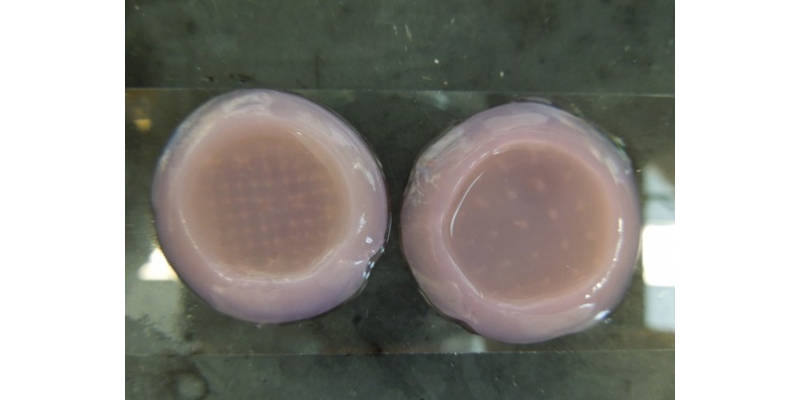
The reason this is possible is down to newer technology within 3D printers. Whereas previously, they may have attempted to use techniques like soft lithography.
This method is used to create stamps and molds using elastomeric materials, hence the term soft. The new techniques “allowed for creation of structures with high aspect ratios”. The ratio for a human hair follicle is different from that of a rat, so that’s something that will make a clear difference.
They observed hair growth after around three weeks. Hairs even grew at different angles, replicating how human hair naturally grows.
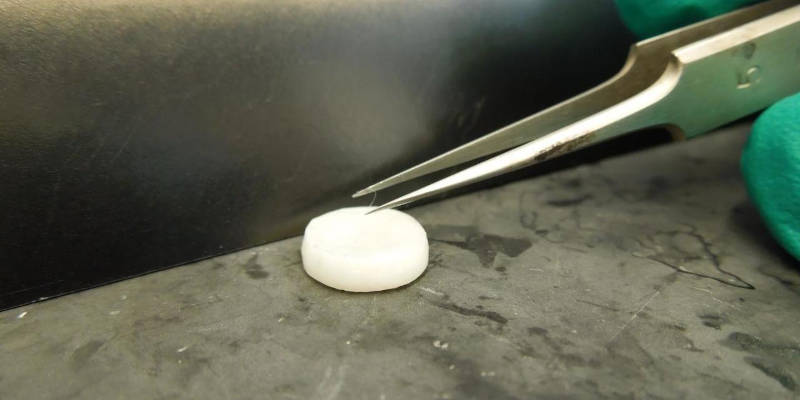
Three weeks may seem like a long time to grow a small amount of hair, but this is a massive step towards helping people who suffer from hair loss, as this process encourages further hair growth rather than simply transplanting existing hairs.
Dr. Christiano is keen to perfect research into 3D printed hair follicles as a means to treat all kinds of hair loss, from receding hairlines to those suffering from severe burns.
The Benefits of 3D Printed Hair Follicles
The obvious use for the growth of hair follicles on bioprinted skin is in hair transplants. Currently, FUE hair transplants involve taking hair follicles from the back of the head, where men do not commonly lose hair, and transplanting them to the area of the head where hair loss has occurred.
However, regardless of how much hair can grow, the number of follicles is roughly the same in every human being, this means that there is only a finite amount of follicles that can be transplanted. Anyone without enough transplantable hair follicles could ideally instead have hairs 3D printed and transplanted instead, leaving their remaining hairs intact.
In addition, any removed hair follicles leave scars on the back of the head that can itch, and remain visible for a long time. Because of this, many people choose to avoid going through the process of hair extractions. 3D printed hair follicles could theoretically remove the issues of these scars and the need for painful hair extraction.
As well as creating artificial skin and hair for cruelty-free testing of cosmetic products and drugs, the ability to 3D print hair follicles could also aid research into the physical and psychological reasons for hair loss, and further studies into prevention methods.
The Future of 3D Printed Hair
While current research into 3D printed hair follicles looks promising, we’re nowhere near being able to 3D print hairs that grow and act like our hairs do.
However, research has shown that functioning human hair follicles can be 3D printed. This breakthrough displays exciting and vast potential for the future of the cosmetic industry.
The science still has a way to go, but 3D printed hairs could offer a solution for the millions of people who have lost their hair through various means, be they genetic or through an accident. These future treatments have the potential to be life-changing via massively increased confidence and self-esteem in those for whom hair loss has negatively affected their lives.
Though difficult, 3D printing human hair goes far beyond the original plastic or wooden 3D printed hairs hobbyist projects use, and we look forward to seeing further advancements.
Other articles you may be interested in:
- 3D bioprinting and 3D printed organs – top projects
- 3D printed kidneys
- 3D printed hearts – how long until we can 3D print a heart?
- 3D printed livers – feature story




















